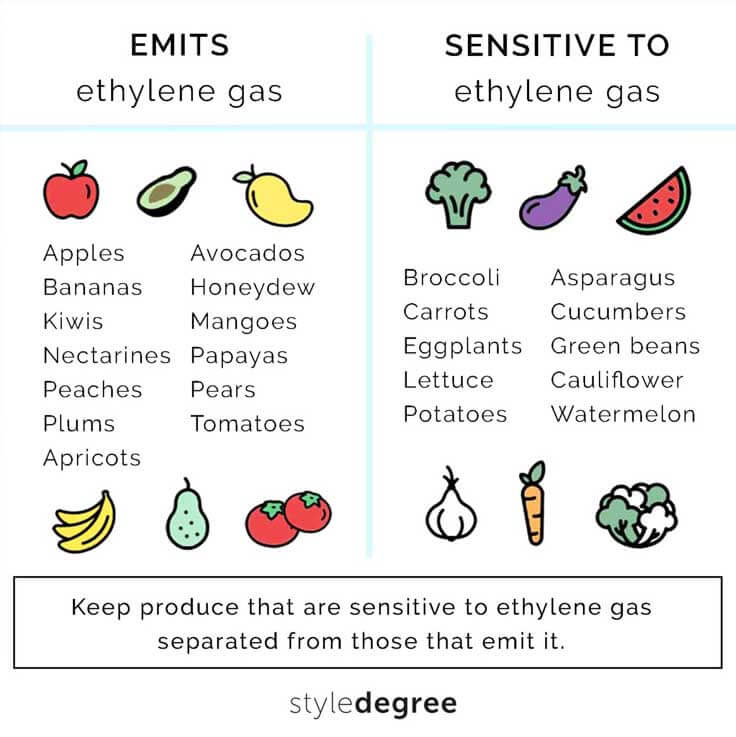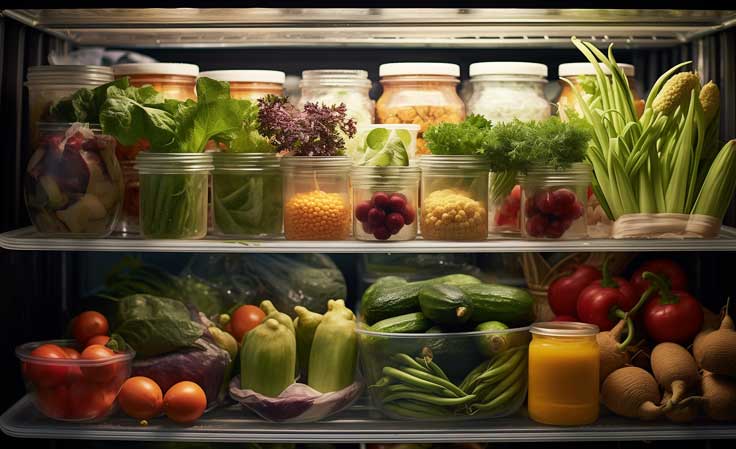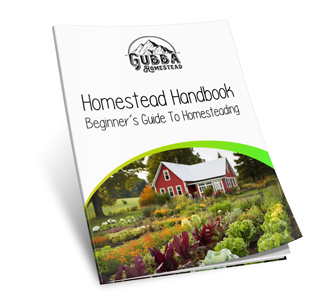When it comes to maintaining the crispness and flavor of your vegetables, proper storage is key. We've all been there – opening the fridge to find wilted greens or soggy, limp carrots. That is the worst, especially when you feel like you just purchased the vegetables. Fear not! In this blog, we'll delve into the art of vegetable storage, revealing tips and tricks that not only preserve freshness but also elevate the nutritional value of your produce. No more wasted vegetables. Let's embark on a journey to ensure your fridge becomes a haven for vibrant, crisp vegetables.
Understanding the Basics of Vegetable Storage
Before we dive into the specifics, it's crucial to grasp the fundamentals of vegetable storage. Vegetables are living organisms, and their lifespan can be significantly extended or shortened based on how they are stored. The primary factors influencing their freshness include temperature, humidity, and ethylene sensitivity. Our great-grandparents knew this, and that is why they built root cellars or preserved their vegetables by canning.
The Temperature Game: Keep it Cool
The first rule of vegetable storage is to maintain a cool temperature in your fridge. Set your refrigerator temperature between 35°F and 40°F (1.6°C to 4.4°C). This ensures that vegetables stay fresh without freezing. Remember, different vegetables have different temperature preferences, so organizing your fridge strategically is essential. If you suspect something is up with your fridge and it isn’t hitting these temperatures, put in a thermometer to keep an eye on the temperatures. I know with my old Samsung fridge, there were a lot of temperature variations that affected me storing food.
The Humidity Dilemma: High or Low?
Humidity plays a pivotal role in vegetable storage. It's a balancing act – some veggies thrive in high humidity, while others prefer a drier environment. Leafy greens and herbs, for example, benefit from higher humidity levels, while potatoes and onions prefer low humidity. Utilize the humidity settings in your fridge's crisper drawers to tailor the environment to your vegetables' needs. Because root vegetables require low humidity, they keep longer and can potentially be kept on a kitchen counter or in a dry place like a root cellar.
Ethylene Sensitivity: Separation is Key
Ethylene is a natural gas produced by certain fruits and vegetables, promoting ripening. However, not all vegetables respond well to it. Store ethylene-producing vegetables like apples and tomatoes separately from ethylene-sensitive ones like leafy greens and broccoli. This prevents premature ripening and maintains optimal freshness. Here is a chart to remember ethylene sensitivities and where to store what produce.

Mastering the Art of Vegetable Arrangement
Now that we've covered the basics let's talk about the layout of your fridge. Proper organization can make a significant difference in preserving the quality of your vegetables. Now is the time to clean out your fridge if it is needed. Nothing like a clean fridge to inspire food freshness!
Top Shelf – Delicate Greens and Herbs
Place delicate greens and herbs on the top shelf. These items are sensitive to changes in temperature and benefit from a more stable environment. Use airtight containers or sealed plastic bags to prevent moisture loss, keeping them crisp and flavorful. Remember, monitor your fridges temperatures if you suspect it isn’t maintaining a constant temperature.
As for what I believe to be the best airtight containers, I recommend: Amazon Basics glass food-storage containers.
Middle Shelf – Fruits and Vegetables
The middle shelf is ideal for fruits and vegetables that don't require as much temperature sensitivity. Be sure to keep ethylene-producing and ethylene-sensitive items separated to avoid unwanted ripening. Consider using clear storage containers like the Amazon Basics glass food-storage containers to easily identify and access your produce. I know that being able to see the food you are storing will result in less food waste in the kitchen.
Crisper Drawers – Customized Environments
Utilize the crisper drawers to create customized environments. Adjust the humidity settings to cater to the specific needs of your stored vegetables. For high-humidity-loving vegetables like lettuce, keep the drawer closed to maintain moisture. For low-humidity preferences, open the drawer slightly to allow for better airflow.
Bottom Shelf – Root Vegetables
Root vegetables like carrots and beets fare well on the bottom shelf. This area tends to be slightly cooler, mimicking their preferred storage conditions. Store them in perforated bags to balance moisture levels and prevent mold growth.
Perforated Storage Bags from Ecoware are the way to go. They come in a variety of sizes, so you have options to choose from depending on what kind of produce and the quantity you have.
Additional Tips for Optimal Vegetable Storage
Avoid washing vegetables before storing: Moisture encourages bacterial growth and can lead to premature wilting. Wash your vegetables just before use. This can lead to the unwanted mold growth that will ruin your produce. Did you know that the dirt on produce like potatoes and beets can help preserve them for longer? Consider that when washing your produce!
Use perforated bags: Allow for airflow by using perforated plastic bags for storage. This prevents excess moisture buildup. Moisture destroys food storages, so it makes sense it will destroy the food in your fridge too.
Check and rotate regularly: Regularly inspect your vegetable stock, discarding any items showing signs of spoilage. Rotate items to ensure even exposure to the fridge's environment. Keep a running list of what you have in your fridge. This is why clear containers are vital because you can easily see what is in the containers and what you have in stock.
Elevate Your Culinary Experience
Mastering the art of vegetable storage is a game-changer for your culinary endeavors. By understanding the unique needs of each vegetable and implementing strategic storage practices, you're not only preserving freshness but also enhancing the flavor and nutritional content of your meals. So, the next time you open your fridge, be greeted by a vibrant array of vegetables, ready to elevate your cooking to new heights. No more wasted vegetables. If you happen to have produce that loses its freshness, you can always throw it into a compost pile or give it to your chickens or pigs. Happy cooking!
Before you go...
Check out my Homestead Handbook below for other important tips!


